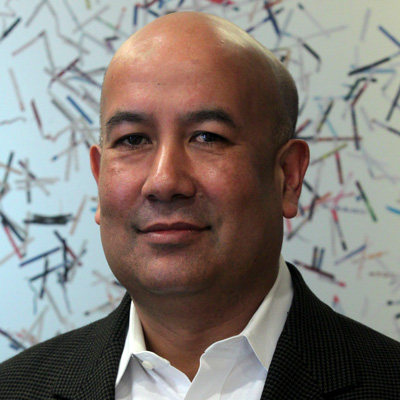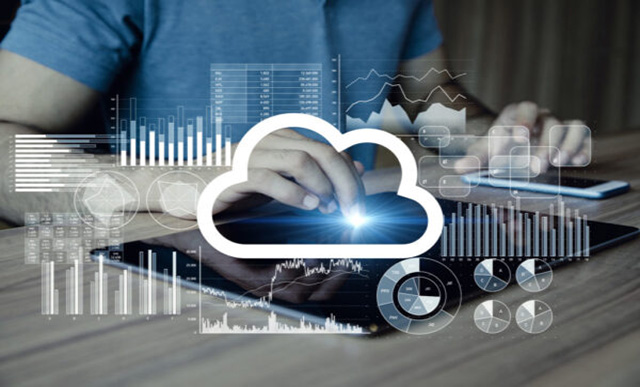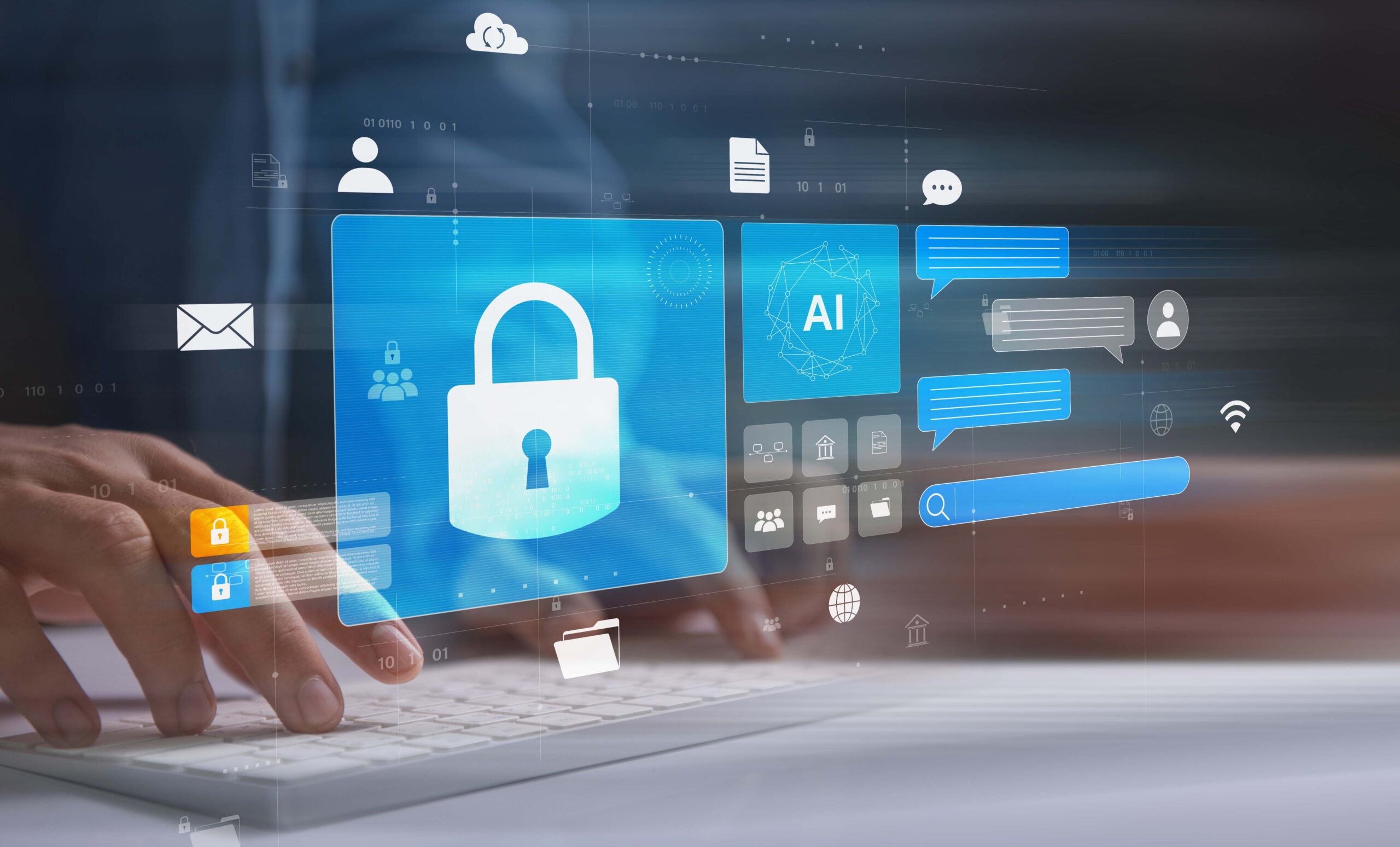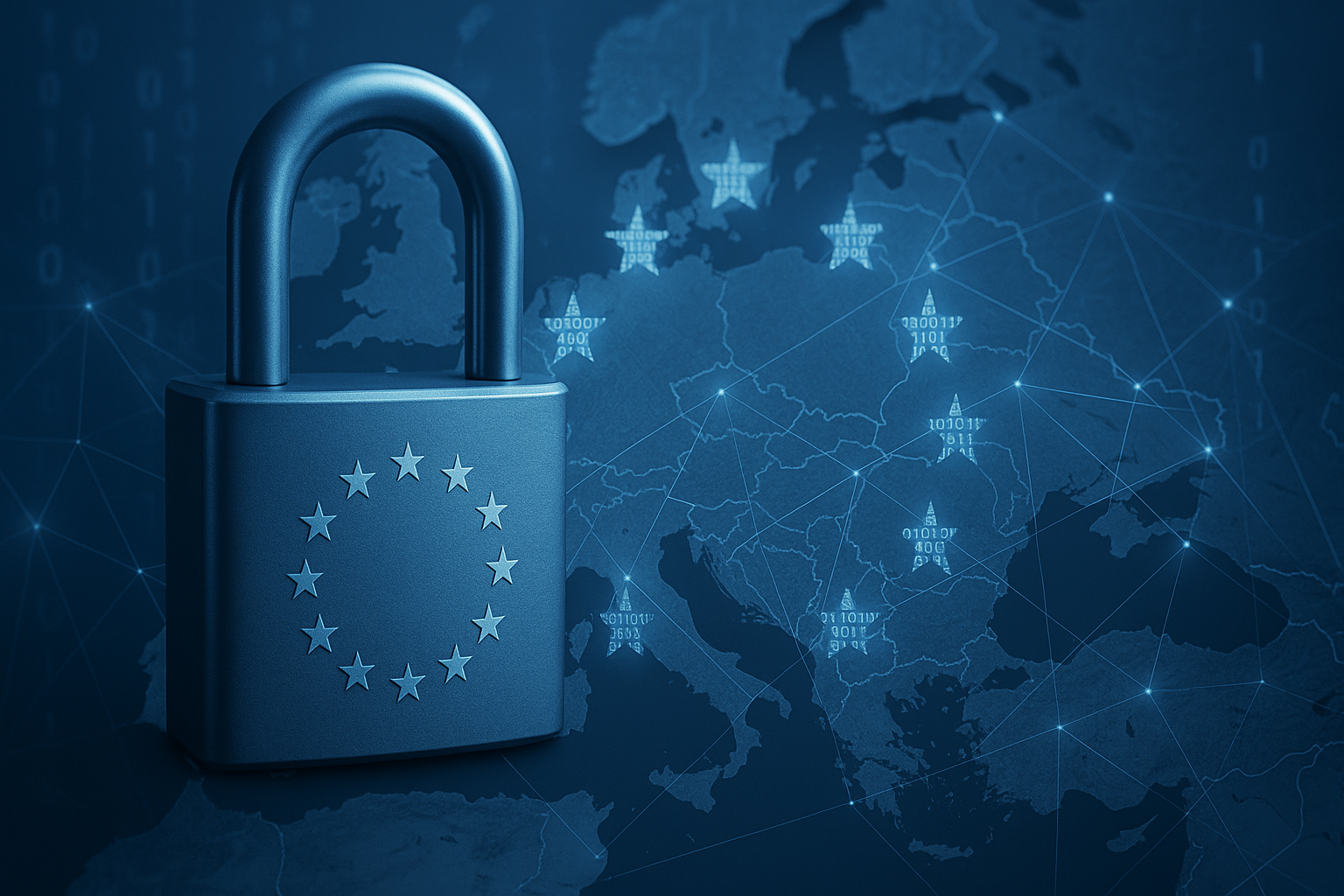SAP customers are constantly on the lookout for ways to innovate and optimize how they work. In an attempt to better understand the driving forces of innovation at SAP and what customers can expect from SAP in the coming months, SAPinsider recently sat down with
Thomas Saueressig, Member of the Executive Board of SAP SE, Customer Services & Delivery. Initially starting with SAP as a student, Saueressig has risen through the ranks over the last 20 years. He was first appointed to the Executive Board in 2019 and most recently led the SAP Product Engineering Board area. Today, he leads the new Board area of Customer Services & Delivery. In our latest discussion, Saueressig spoke about the new Board area and how it will help deliver innovation to SAP users.
Transformation in the Cloud
Innovation and the cloud go hand-in-hand for SAP users. Saueressig’s new role is proof positive, as he will drive the organization’s initiatives to deliver enhanced capabilities and tooling to users. He will be supported by more than 30,000 SAP employees across services, support, and operations teams all pushing towards this goal.
“For the first time, the company combined all aspects of all the services and all the support, but also cloud operations and how we deliver the cloud to our customers at scale,” said Saueressig.
This Board area covers professional services, premium engagements, customer innovation services, customer support, cloud infrastructure, cloud operations, cloud lifecycle management, and private cloud delivery for SAP’s global customer base.
The Customer Services & Delivery function aims to ensure that SAP delivers two key points to its customers – scalability and time to value. With the move to SAP S/4HANA top of mind for many organizations, Saueressig is keen to ensure that SAP delivers products and innovations to those customers more quickly, while also ensuring these deliveries help companies to meet their business goals.
“I started in
customer relationship management (CRM) consulting and I made my career in the IT function, so I have a lot of empathy for the customer situation, especially for the internal IT and large enterprise architects. After five and a half years leading product strategy and development, I feel this combination is a unique opportunity to see how we can accelerate time to value with empathy and passion,” said Saueressig.
Business Transformation
SAP looks to maintain a close relationship with customers as they continuously improve business processes and models. These partnerships result in a continuous cycle of innovation, supported by the SAP portfolio and industry best practices. But to truly achieve business transformation, companies cannot treat their journey to SAP S/4HANA as a simple “lift and shift.” Saueressig says users must adopt a holistic approach to business transformation to maximize the value of their investment.
“For SAP, business transformation is comprised of four different elements: Applications, processes, data, and people. Only if those four aspects come together, can you really transform a company. With RISE with SAP, we will bring our best experts, including our best enterprise architects, to the customer to help them along these four dimensions, and not just from a pure work perspective, but with tooling,” said Saueressig.
Embedded Business AI
To remain on the cutting edge, SAP is helping companies embrace AI by embedding these advanced capabilities throughout the SAP solutions portfolio. Saueressig noted that AI should be a part of modern software, bolstering efficiency and reducing dependence on manual work as a matter of course, rather than something that needs to be purchased or added separately.
“If you sign up to any cloud subscription of SAP, any SaaS product, you already have AI embedded. We train it, so fundamentally you just benefit from the AI. Our team will enable you to get value out of that and simplify the adoption of AI,” said Saueressig.
SAP features the generative AI hub in SAP AI Core on SAP Business Technology Platform (SAP BTP) as a way of combining the capabilities of large language models with the best practices and data already within the SAP ecosystem. This connection reduces the security concerns associated with GenAI and helps to ensure that AI is used in the right context.
“What we recognize on the customer side, especially as the hype cycle and the maturity of AI is growing, is that AI is all about data. An LLM is nice and it's amazing what we can do with them, but fundamentally, if you make business critical decisions, you need to have the right context. That's something we provide based on the data in our systems.
We have multiple means of adapting foundation models to the task at hand. For example, including pre-existing or pre-retrieved data sources with retrieval augmented generation (RAG) to add the context into a specific situation and minimize hallucinations. The advantage of embedding AI across our business applications is that we know the exact context the end user is in,” said Saueressig.
Though AI is embedded throughout many solutions, organizations cannot be lax in terms of how they prepare for these capabilities. Having a clean core and robust data management strategy are essential building blocks to successfully leverage AI.
Ensuring Customer Satisfaction
While time to value is a key metric that can be easily defined, Saueressig emphasized the need to deliver a positive experience, referring to customer satisfaction as SAP’s “North Star.” The company is relying on feedback gathered from Net Promoter Score surveys, direct interactions with customers, as well as more nuanced ways to ensure SAP user satisfaction with their services.
“For each transaction and all products, I want to understand both usage and customer satisfaction. We embedded Qualtrics as part of the product experience, so that we get real-time feedback from end users and a user experience score.
Also, we get a product score for the transaction itself, along with granular information about our end-users. We want to see if they are happy with the flows of our software and with our tooling. Another aspect we measure and are invested in is how we engage with customers in a support function. Are they satisfied with how quickly we react? My key goal is customer satisfaction. That is the absolute North Star,” said Saueressig.
What This Means for SAPinsiders
Take a holistic approach to business transformation. Companies need to prepare themselves to innovate. This cannot be a one-sided endeavor. Innovation needs to be enabled throughout the entire enterprise. Applications, processes, data, and people must all be aligned to push towards the same business goals.
Prepare for the AI wave. Organizations may not be ready to leverage their own AI solutions, but they will have access to new capabilities through their SAP ecosystems. Even if companies are not looking to deploy their own solutions, they should ensure that they have a robust data management strategy that allows them to take full advantage of AI within SAP.
Innovate in the cloud. SAP is constantly rolling out exciting innovations that allow users to improve workflows and bolster their business practices. Organizations should prepare their own cloud environments to be better able to take advantage of the opportunities.










